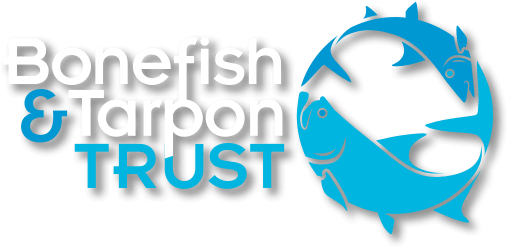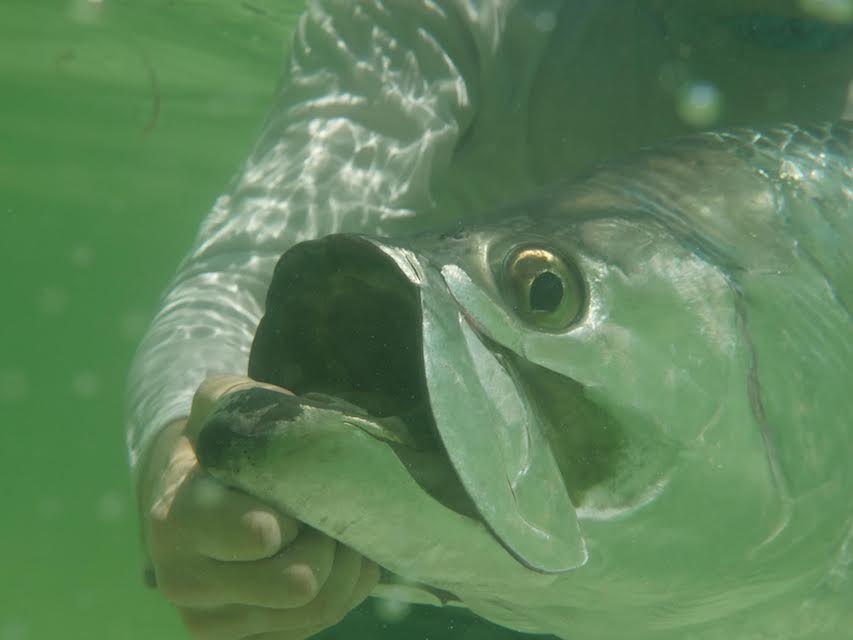Photo by Dr. Andy Danylchuk
This tarpon and permit tagging project overview is the kickoff of a collaboration between Dr. Andy Danylchuk, Fish Mission, and Moldy Chum.
The research on this ambitious project includes Dr. Danylchuk, along with Lucas Griffin and Dr. Jack Finn (UMass Amherst), Dr. Jake Brownscombe and Dr. Steven Cooke (Carleton University), and Dr. Aaron Adams (BTT).
The Big Three
The ‘Big Three’ flats fish – bonefish, permit, and tarpon – support exciting and productive recreational fisheries throughout the Western Atlantic, Caribbean, and the Gulf of Mexico. Unfortunately, these fish are not immune to, as Sandy Moret once put it, the “weight of humanity”. Although predominately catch-and-release species, all of the ‘Big Three’ have suffered from over exploitation and disturbances related to coastal development. To manage and conserve these fish, it is critical that we understand how they make a living, what constitutes their essential habitats, and when and how they move – something scientists call their ‘spatial ecology’.
For bonefish, numerous scientific studies are completed or ongoing focusing on their movements and habitat use in The Bahamas. For example, a study published in 2011 identified an offshore spawning location for bonefish in Eleuthera. This type of information is essential for protecting key habitats for bonefish, for example, from the development of shipping channels or ports. In Florida, however, we still have much to learn about the spatial ecology of the Big Three – ironically, the putative birthplace of flats fishing. Although we have our own observations and anecdotes, information on the essential fish habitat for permit and tarpon is especially scarce.




